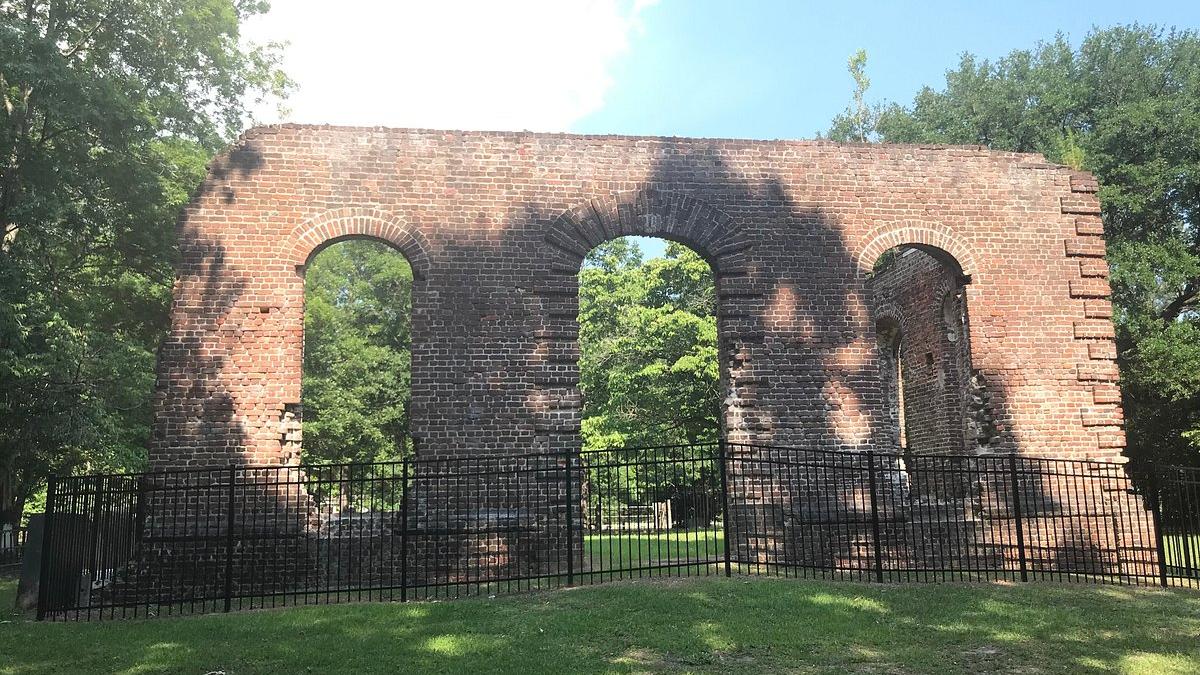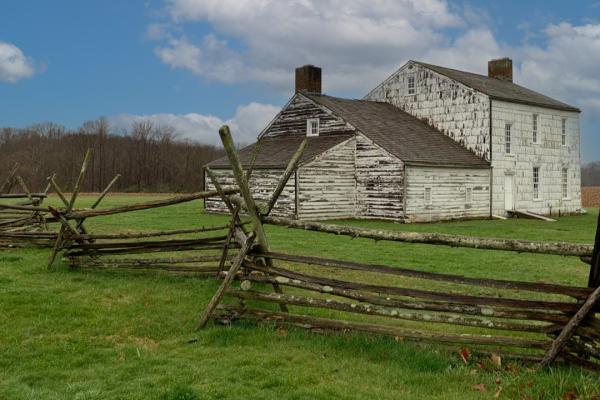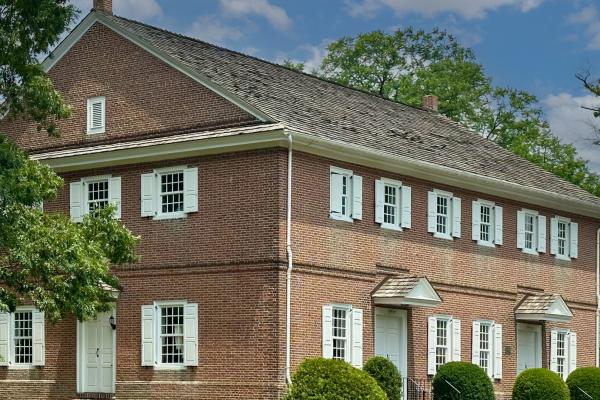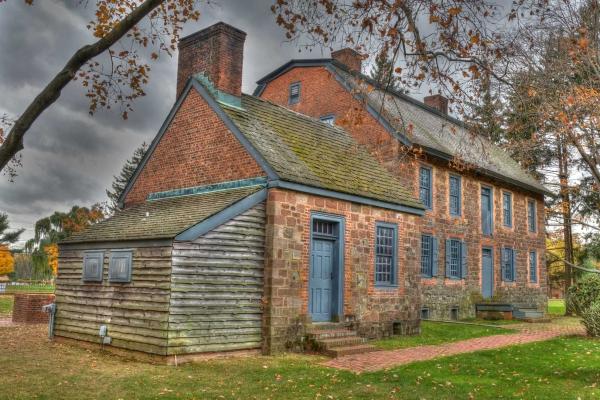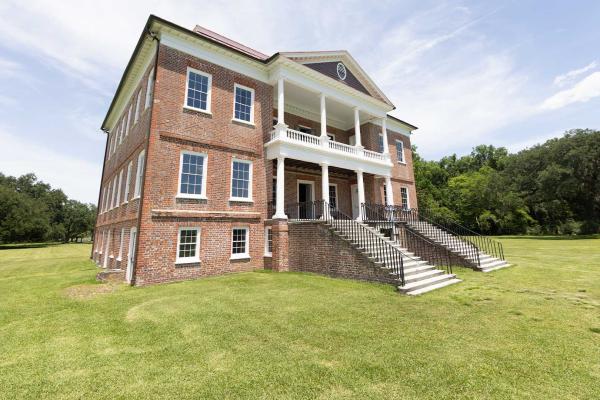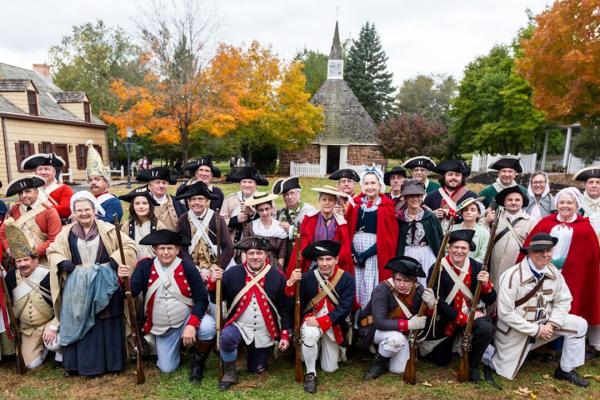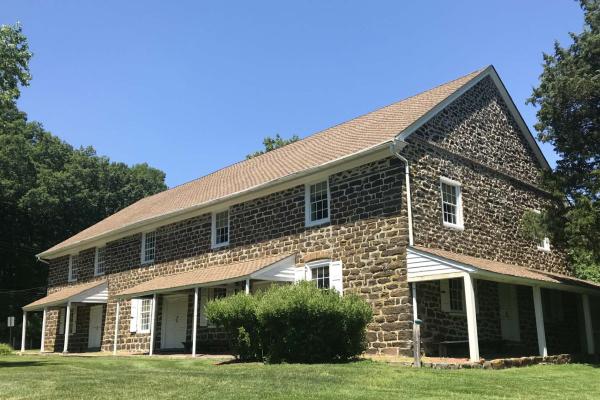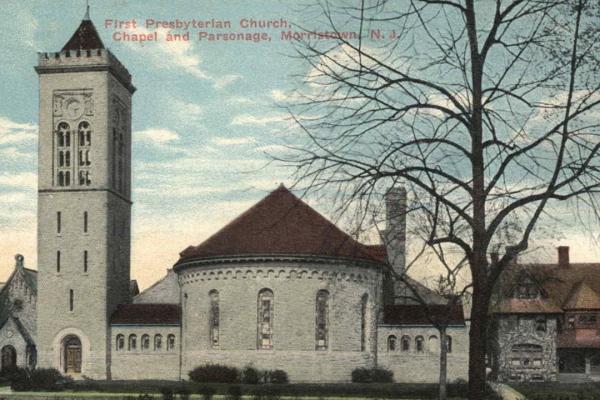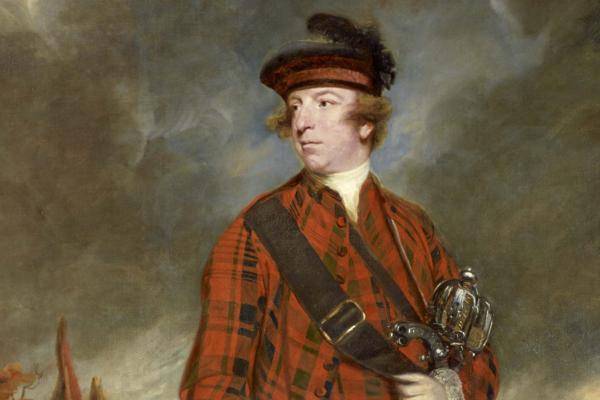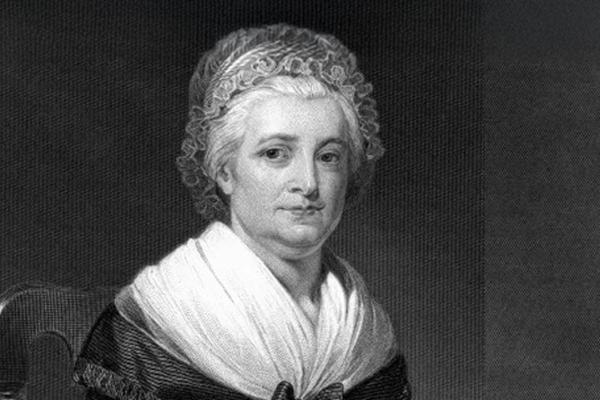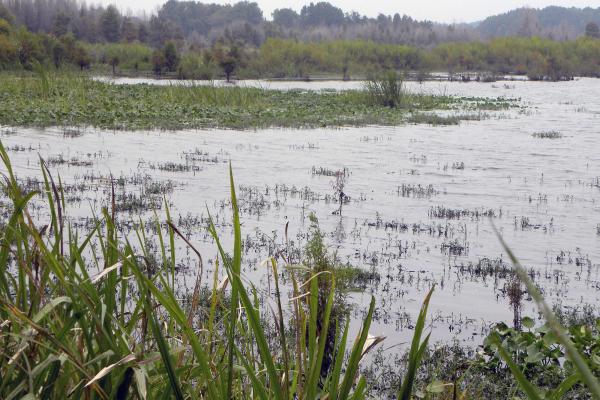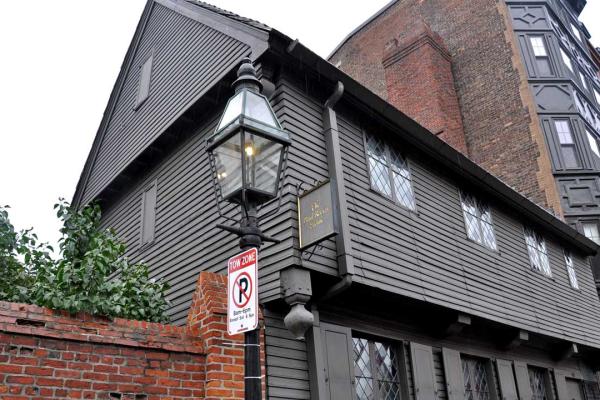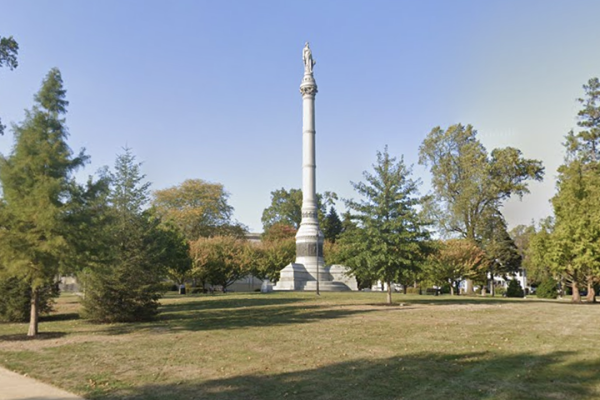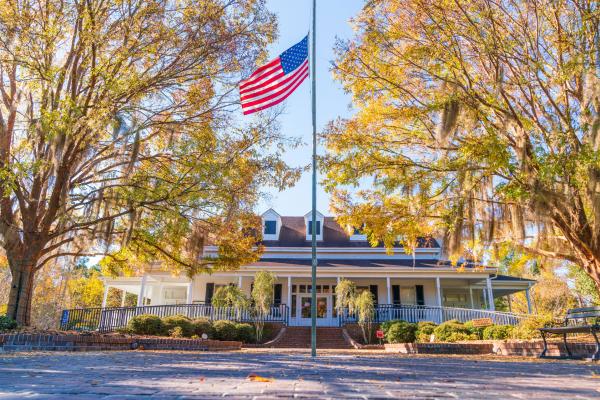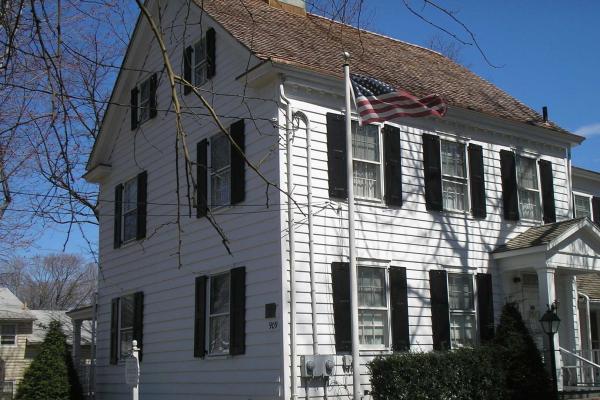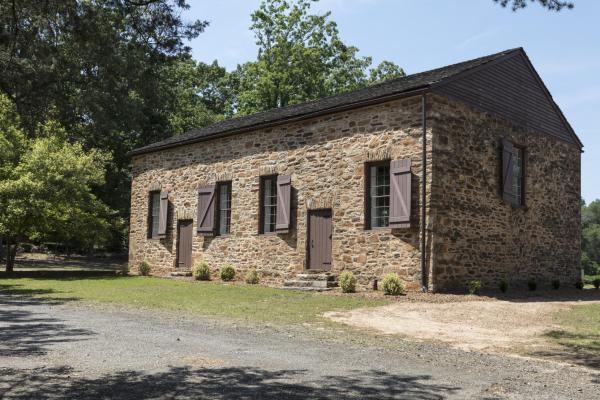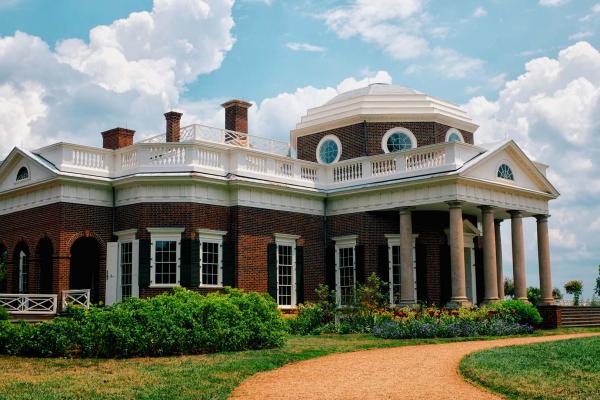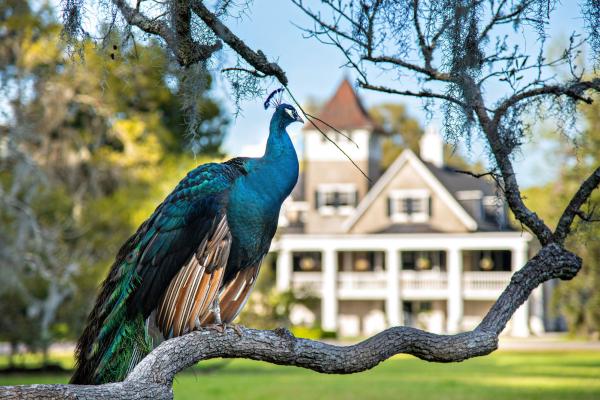An ordinary farmhouse within Monmouth, it became a hotspot during the Battle of Monmouth as Charles Lee mounted a defense against advancing British...
New Jersey militia and Continentals assaulted a British column in-and-around these grounds in mid-June of 1778, just days before a continued series of...
The Dey Mansion, built around 1770, served as General George Washington’s headquarters in 1780 during a pivotal time in the American Revolution. As...
Visit Historic Drayton Hall — Tour the nation’s oldest preserved plantation house in America still open to the public. Explore Drayton Hall's 18th...
The East Jersey Old Town Village is a collection of historic structures dating the 18th century. Today, living historians walk the grounds, bringing...
A precursor movement to the Battle of Monmouth, this Quaker meeting house was surrounded by the encampment of British troops under Alexander Leslie in...
A monumental structure built in 1742, Faneuil Hall served as one of the most important sites of civic engagement in colonial Boston. Since, it has...
Located along the Morristown Green, the former site of the original First Presbyterian Church once acted as the infirmary for smallpox inoculated...
The mansion once housed George Washington, who utilized it as his headquarters in the freezing winter of 1779.
Liberty Trail History Makers
The Revolutionary War was a war unlike any other — one of ideas and ideals, that shaped “the course of human events. Explore the history and personalities from this pivotal time in American history.A British Army officer who served in key conflicts including the French and Indian War and the American Revolution, Gate became Governor of Massachusetts and commander-in-chief of North America, overseeing events like the Battles of Lexington and Concord before being recalled to England in 1775.
A Scottish exile turned American Patriot, Hugh Mercer rose from a fugitive of the Battle of Culloden to a trusted officer under George Washington. Mortally wounded while rallying his men at Princeton, his sacrifice became a symbol of American perseverance in the Revolution.
Known for Lord Dunmore's Proclamation, which promised freedom to any enslaved man who fought for Britain during the Revolution, Lord Dunmore served as governor of both New York and Virginia and as a staunch defender of the Crown.
Martha Dandridge Custis Washington made her own mark as the first First Lady and symbol of motherhood in the new nation.
